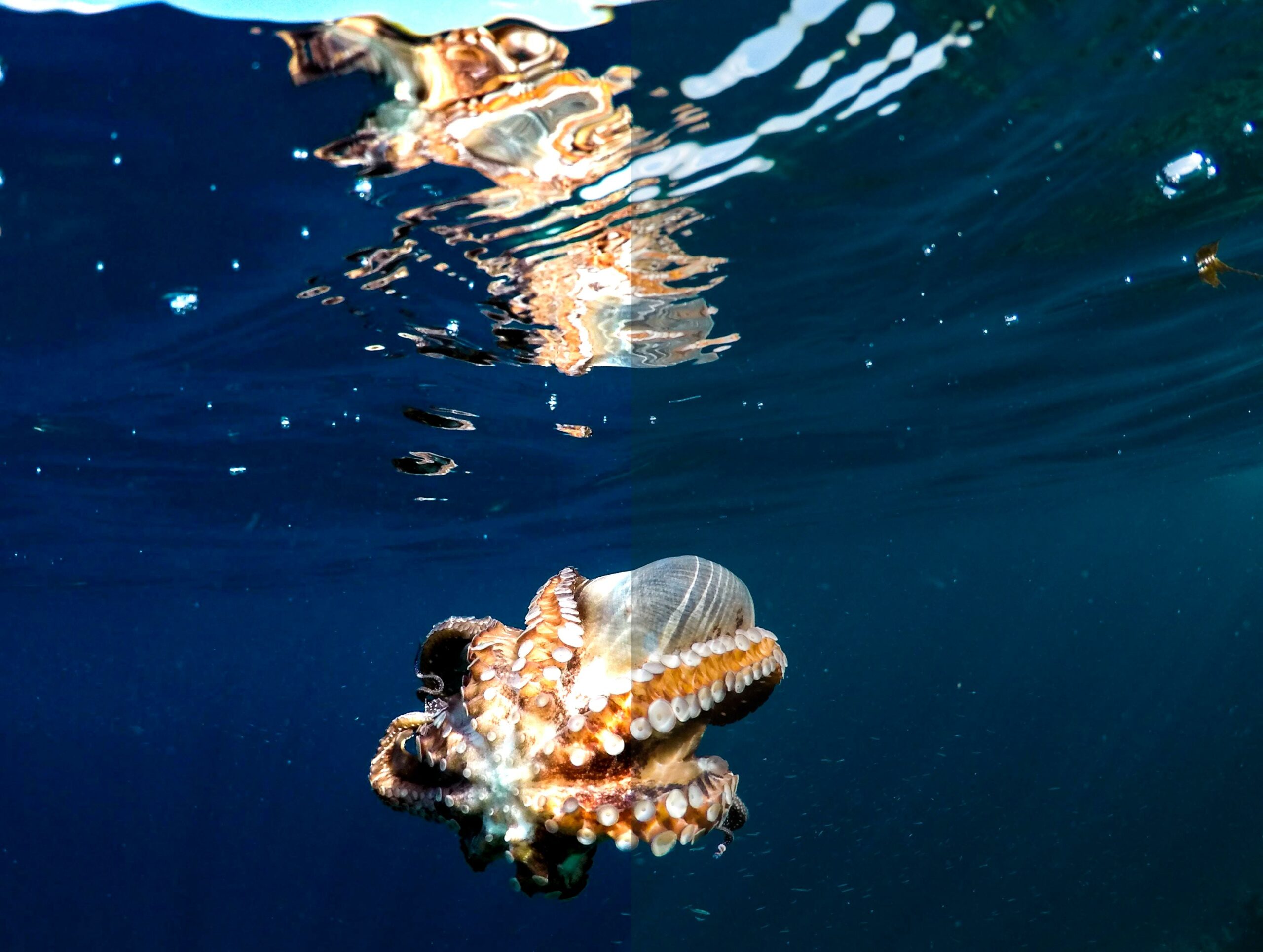Unveiling the Secrets of Glass Octopuses: Fascinating Facts and Hidden Marvels

Imagine a world where transparency becomes a superpower, where the veils of mystery and camouflage intertwine to create a spectacle of nature’s magnificence. In the depths of the vast, unfathomable ocean lies a creature so remarkable, so elusive, that it has captured the curiosity of marine biologists like myself. Dive into the mesmerizing realm of glass octopuses, as we embark on a journey to unravel the enigmatic secrets and reveal the astonishing facts that lie beneath their translucent façade. These ethereal beings, with their otherworldly camouflage abilities and mysterious behaviors, hold a realm of hidden marvels waiting to be explored. Get ready to be captivated by the intriguing world of glass octopuses as this article unfolds their extraordinary tale.
Glass Octopus Facts
As a seasoned marine biologist with extensive experience studying deep-sea creatures, I bring a wealth of knowledge and expertise to the discussion of glass octopuses. Let’s dive into the fascinating world of these enigmatic beings and uncover some intriguing facts.
Translucent Marvels
First and foremost, let’s talk about the mesmerizing transparency of the glass octopus. It is truly a spectacle to behold. Imagine a creature that is nearly entirely see-through, with only its eyes, optic nerve, and digestive tract being opaque. This remarkable adaptation allows this elusive creature to blend seamlessly into its surroundings in the deep ocean where sunlight barely reaches.
“The glass octopus, with its translucent body, is a true marvel of nature, seamlessly disappearing into the abyssal depths of the ocean.”
Elusive Dwellers
Glass octopuses inhabit the mysterious mesopelagic and bathypelagic zones of the ocean, typically residing in waters as deep as 3,000 feet. These incredibly rare creatures prefer the deepest parts of the ocean where they can avoid the prying eyes of predators and divers alike. No wonder sightings of this ghostly creature are so uncommon!
Mysterious Diet
Now, let’s talk about the glass octopus’s choice of cuisine. These sophisticated creatures have a refined palate and primarily feed on crustaceans such as mollusks and snails, indulging in a delicate seafood feast amidst the pitch-black depths. This selective diet showcases the glass octopus’s unique and precise feeding habits.
Size and Lifespan
Despite their elusive nature, scientists have managed to gather some information about the size and lifespan of these creatures. On average, glass octopuses can grow up to 1.5 feet long, showcasing their impressive dimensions when fully grown. Unfortunately, their lifespans are relatively short, ranging from 2 to 5 years.
Invisibility Cloak
The transparent appearance of the glass octopus serves as an ingenious means of protection in its deep-sea habitat, allowing it to camouflage seamlessly among the surrounding water. It successfully becomes almost invisible to potential predators, who would otherwise spot them easily in the vast darkness of the ocean depths.
“The glass octopus’s transparent appearance acts as an elegant invisibility cloak, effectively concealing it from prying underwater eyes. It’s a true master of disguise.”
Now that we’ve uncovered some fascinating glass octopus facts, let’s delve deeper into the research and explore the hidden wonders of these intriguing creatures. Remember, the more we uncover, the more enchanted we become by the enigmatic world of glass octopuses.
Glass octopuses, also known as Vitreledonella richardi, are truly fascinating creatures. These intriguing cephalopods possess transparent bodies, allowing them to seamlessly blend into their surroundings. It’s no wonder they have captured the curiosity of marine enthusiasts and researchers alike. If you’re eager to uncover some enthralling fun facts about glass octopuses, you’re in luck! Just click here for an exhilarating journey into the world of these mesmerizing creatures: fun facts about glass octopus. Prepare to be amazed!
FAQ
Question 1: What makes glass octopuses so rare to spot?
Answer: Glass octopuses are incredibly rare to spot due to their elusive nature and deep-sea habitat. They inhabit the mesopelagic and bathypelagic zones of the ocean, specifically in deep waters where sunlight does not reach. This makes it challenging for researchers and divers to encounter them.
Question 2: How transparent are glass octopuses?
Answer: Glass octopuses are nearly entirely transparent, making them quite remarkable creatures. Their bodies are translucent, with only their eyes, optic nerve, and digestive tract being opaque. This transparency serves as a means of protection in their deep-sea environment, allowing them to blend seamlessly with their surroundings.
Question 3: What do glass octopuses feed on?
Answer: Glass octopuses primarily feed on crustaceans such as mollusks and snails. These deep-sea creatures use their tentacles to capture their prey and bring it close to their beak for consumption. Their diet consists mainly of small marine invertebrates commonly found in their habitat.
Question 4: How big can glass octopuses grow?
Answer: Glass octopuses can grow to be about 1.5 feet long, making them relatively small in size compared to other cephalopods. Despite their small stature, they possess fascinating adaptability and unique characteristics that enable them to thrive in the deep-sea environment.
Question 5: What is the lifespan of a glass octopus?
Answer: Glass octopuses have an estimated lifespan of 2 to 5 years. Although relatively short-lived, they make the most of their time in the deep sea, exhibiting intriguing behaviors and captivating scientists with their mysterious nature.
- Unraveling Einstein’s Legacy: Who Inherited His Genius? - July 14, 2025
- Unlock Einstein’s Family Tree: Bernhard Caesar & Untold Stories - July 14, 2025
- Unveiling Bernhard Caesar Einstein: His Life & Albert Einstein’s Legacy - July 14, 2025
















